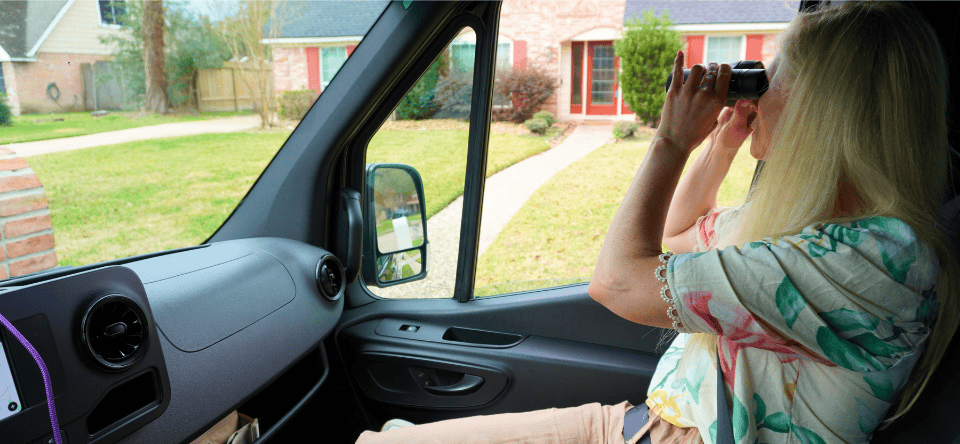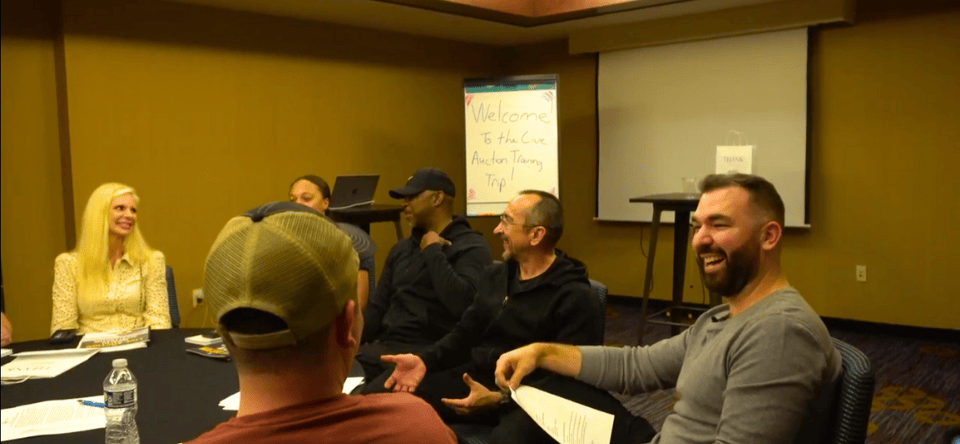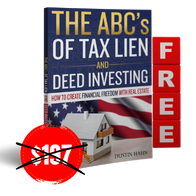
When it comes to tax lien and tax deed investing, understanding the due diligence process is essential.
It’s not quite as easy to explain on a podcast as you might think…
But golly did Cory ever try his hardest!
On today’s episode let’s chat about
the 30,000 Foot view of the due diligence process for tax lien and tax deed research.
There are plenty of videos on our youtube channel outlining the specifics of each process,
but I wanted to share with you the big picture of what goes on,
just so you had a rough idea if you haven’t started with Tax Liens & Deeds Yet,
and needed some extra information to get moving.
Here are some of the things mentioned in today’s episode:
What Are Tax Lien and Tax Deed?
Tax liens and deeds are government-backed tools used to recover unpaid property taxes. Here’s how it works:
- Tax Liens: If property taxes go unpaid, a lien is placed against the property. Investors can buy the lien and potentially earn returns or acquire the property.
- Tax Deeds: In this case, the government sells the property outright at a tax deed auction to recover unpaid taxes.
While the specifics vary by state, both methods create opportunities for investors to acquire properties below market value.
Breaking Down the Due Diligence Process in Tax Lien and Deed Investing
- Finding Properties: Start by identifying properties through platforms like Propstream, county websites, or tax sale listings.
- Researching ARV (After Repair Value): The ARV helps you determine a property’s potential value after renovations. Look at comparable properties (comps) in the area to calculate this.
- Estimating Repairs: For a heavy rehab, estimate $60 per square foot and adjust based on the property’s condition. Always budget extra to cover surprises.
- Title Research: This step is crucial. Investigate liens, mortgages, and other encumbrances to avoid costly mistakes. In some states, tax sales might not fully clear mortgages.
- Setting Your Max Bid: Calculate this by subtracting repair costs, liens, and your desired profit margin (e.g., 30% of ARV). Stick to your limit at the auction.
Tools and Resources Mentioned
- Propstream: A powerful tool for finding deals and property data.
- Tax Lien Certificate School: Comprehensive training for tax lien and deed investing.
- Our youtube channel: Weekly videos with detailed guides on due diligence, ARV calculation, and more.
Why Due Diligence Matters?
Skipping due diligence can lead to costly errors. By carefully analyzing each property, understanding local rules, and budgeting for potential repairs, you can confidently bid and invest in tax lien and deed properties.
Ready to Take Action?
If you’re new to tax lien and tax deed investing, Shoot us an email if you have any questions!
You can also Subscribe and Listen on Both Itunes Podcasts and Stitcher Here:
Tune Into Today’s Episode for a classic Wholesale Daily show with Dustin, Josh, and Cory!










